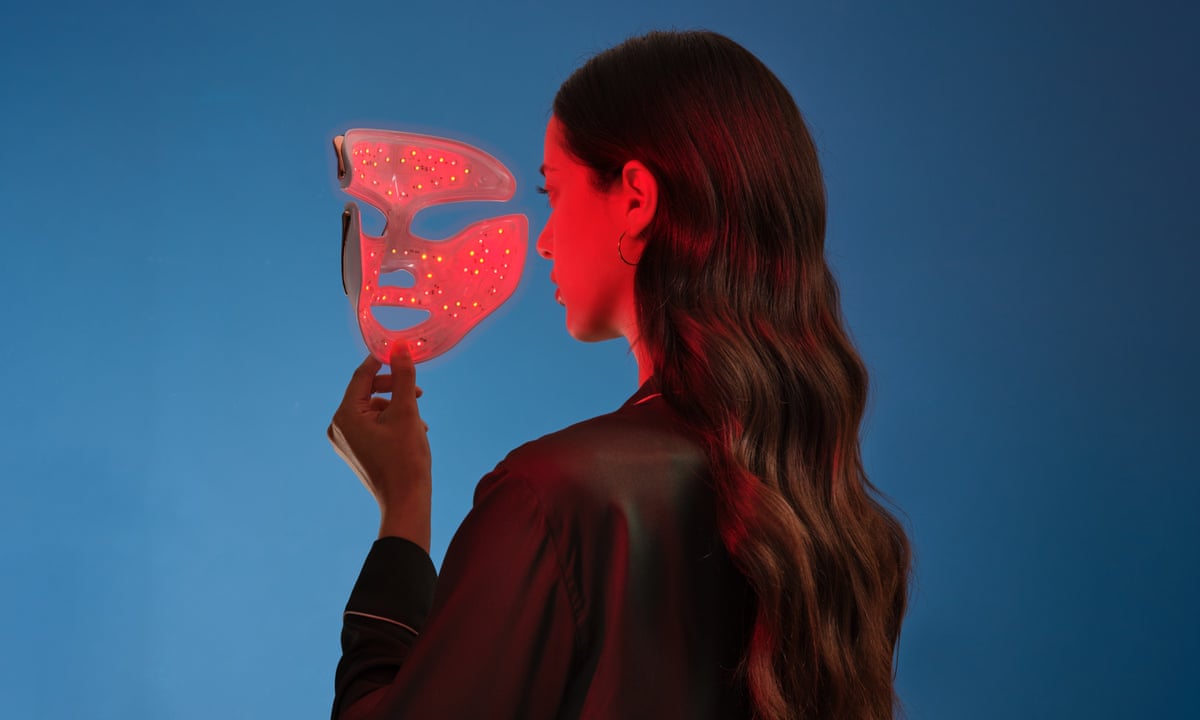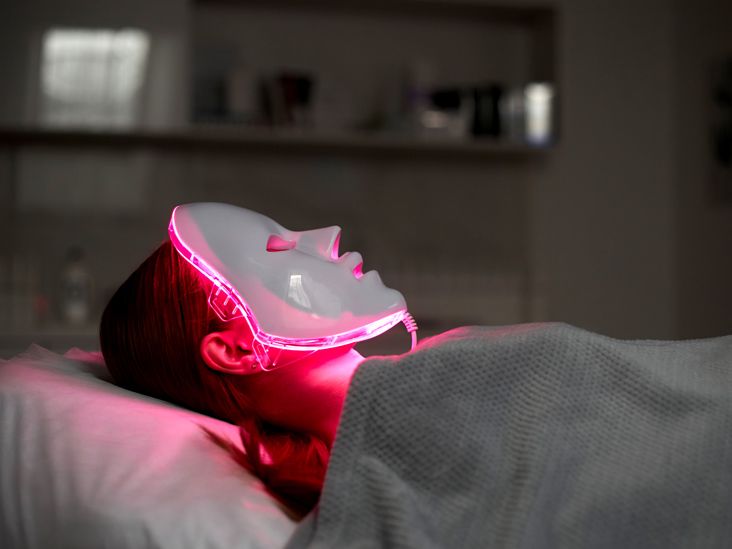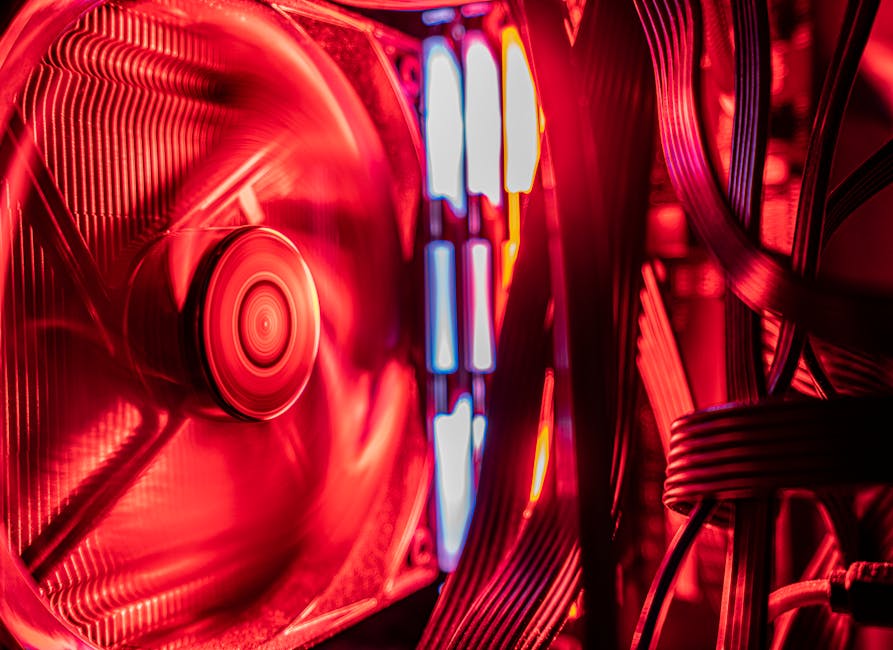Get Your AI Analysis
Personalized skincare insights
Discover your perfect skincare routine with our AI-powered analysis. Get personalized recommendations for glowing, healthy skin.
Start AnalysisFollow Us
Stay updated with the latest skincare tips, trends, and expert advice.
Red Light Therapy: Your At-Home Anti-Aging Revolution
As a skincare veteran with over a decade immersed in the ever-evolving world of dermatology and beauty trends, I’ve witnessed countless innovations promise to turn back the clock. Many fall short, but a select few truly deliver. Among those, red light therapy (RLT) stands out as a genuine game-changer, especially now that clinical-grade treatments are accessible for home use. If you're seeking a non-invasive, science-backed approach to achieving firmer, more youthful-looking skin, you're in for a treat.
Imagine harnessing the power of light to rejuvenate your complexion from within. That's the essence of red light therapy. It's not just another fleeting trend; it’s a sophisticated technology rooted in decades of scientific research, now miniaturized and optimized for your daily routine. Today, we're diving deep into how this anti-aging revolution works, how to choose the right at-home device, and how to seamlessly integrate it for maximum benefits.
Expert Insight: "Red light therapy is rapidly gaining traction because it addresses cellular health, which is the foundation of youthful skin. It’s a proactive and restorative approach that many topical products simply can’t achieve alone." - Dr. Ava Shamban, Board-Certified Dermatologist
Join me as we unlock the secrets to leveraging red light therapy for an unprecedented at-home anti-aging experience.
The Science Behind the Glow: How Red Light Therapy Works
At its core, red light therapy involves exposing the skin to specific wavelengths of light – primarily red (typically 630-670 nanometers, nm) and near-infrared (NIR) (usually 810-850 nm). These aren't just any lights; these specific wavelengths have a unique ability to penetrate the skin at different depths, reaching the mitochondria of your cells.
Think of mitochondria as the powerhouses of your cells. When these specific light wavelengths hit the mitochondria, they stimulate a process known as photobiomodulation. This leads to increased production of adenosine triphosphate (ATP), which is the primary energy currency of the cell. More ATP means cells can function more efficiently, repair themselves, and regenerate faster.
Specifically for skin, this cellular boost translates into several critical benefits:
Stimulated Collagen and Elastin Production: Fibroblasts, the cells responsible for producing collagen and elastin, get a significant kickstart. Collagen provides skin with structure and firmness, while elastin gives it elasticity. Boosting these naturally occurring proteins is key to reducing fine lines and wrinkles.
Reduced Inflammation: Red and NIR light have powerful anti-inflammatory properties, helping to calm redness, irritation, and even conditions like rosacea and acne.
Accelerated Healing: Increased cellular energy and reduced inflammation mean your skin can heal itself more efficiently, making RLT beneficial for post-procedure recovery, wound healing, and minimizing the appearance of scars.

Beyond the Surface: Key Benefits for Your Skin
The science is compelling, but what does it actually *do* for your complexion? The benefits are multifaceted and contribute to a more youthful, resilient skin appearance.
Collagen Stimulation & Wrinkle Reduction
This is arguably the most celebrated benefit of red light therapy. By boosting fibroblast activity, RLT directly addresses the root cause of many aging concerns. A study published in the journal Photomedicine and Laser Surgery found that participants treated with RLT experienced significant improvement in skin complexion, skin tone, and collagen density, with 91% reporting improved skin tone and 82% improved smoothness after just 10 treatment sessions. This translates to visibly smoother skin and a reduction in the depth of fine lines and wrinkles.
Reduced Inflammation & Redness
For those struggling with chronic redness, sensitivity, or inflammatory skin conditions like acne and rosacea, red light therapy offers a soothing solution. Its anti-inflammatory effects help to calm angry skin, reduce visible capillaries, and promote a more even skin tone. This makes it an excellent complementary therapy for managing persistent skin issues without harsh chemicals.
Accelerated Healing & Scar Improvement
Post-inflammatory hyperpigmentation (PIH) and acne scars can be stubborn. Red light therapy aids in the skin's natural healing processes, potentially speeding up recovery from breakouts and improving the texture and discoloration associated with scars. It's often used by dermatologists to support healing after more intensive treatments like microneedling or chemical peels, highlighting its reparative power.
Bringing the Clinic Home: Choosing Your At-Home Red Light Device
The market for at-home RLT devices has exploded, offering a range of options to suit different needs and budgets. Making the right choice is crucial for effective results.
Types of Devices:
LED Masks: These cover the entire face, ensuring even treatment. Brands like Omnilux Contour Face and CurrentBody LED Light Therapy Mask are popular for their convenience and effectiveness.
Wands & Handheld Devices: Ideal for targeted treatment on specific areas or for portability. The Solawave 4-in-1 Radiant Renewal Skincare Wand, for instance, combines RLT with microcurrent and therapeutic warmth.
Panels: Larger devices that can treat wider areas or even the full body. Brands like Joovv offer professional-grade panels, though they are a significant investment.
Key Features to Look For:
Wavelengths: Ensure the device emits therapeutic wavelengths. Look for 630-670nm for red light and 810-850nm for near-infrared. Many effective devices will combine both.
Irradiance (Power Output): This indicates the intensity of the light. Higher irradiance often means shorter treatment times. While not always listed, look for devices that feel powerful and have good reviews regarding efficacy.
FDA Clearance: This signifies that the device has been tested and deemed safe for its intended use. It's a strong indicator of a reputable product.
Convenience & Comfort: Consider how easily it fits into your routine. Is it hands-free? Portable?
Budget: Prices vary widely. Start with a reputable mask or handheld device if you're new to RLT, and consider a larger panel later if you love the results.

Incorporating Red Light Therapy into Your Skincare Routine
The beauty of at-home RLT is its flexibility. Here’s a simple guide to integrate it effectively:
Step-by-Step Guide:
Cleanse Your Skin: Always start with a freshly cleansed face. Remove all makeup, sunscreen, and heavy creams that could block light penetration.
Protect Your Eyes: While most devices are generally safe, some experts recommend using protective eyewear (often provided with the device) especially for high-intensity panels, to shield your eyes from bright light.
Perform Your Treatment: Follow your device's instructions for duration and frequency. Typically, this means 3-5 times a week for 10-20 minutes per session. Consistency is far more important than intensity.
Apply Skincare: After your RLT session, your skin is primed to absorb active ingredients. Apply your serums (e.g., hyaluronic acid, vitamin C, peptides) and moisturizer.
"For optimal results, I advise my patients to view red light therapy as a ritual, not a quick fix. Regular, consistent use is what truly drives cellular change and visible improvements over time." — Dr. Lena Petersen, Cosmetic Dermatologist
Maximizing Your Results: Tips from a Skincare Veteran
To truly unlock the anti-aging potential of your at-home red light device, consider these expert tips:
Consistency is Key: Just like hitting the gym, the benefits of RLT are cumulative. Skipping sessions will delay results. Commit to your routine, even on busy days.
Combine with Compatible Skincare: While RLT enhances product absorption, avoid using photosensitizing ingredients like retinoids, AHAs, or BHAs immediately before your session, as they can sometimes increase sensitivity. Apply them *after* RLT, or on alternate days. Instead, pair RLT with hydrating and antioxidant-rich serums to amplify anti-aging effects. Think peptides, hyaluronic acid, and vitamin C.
Patience and Photography: Visible changes often take time, typically 4-8 weeks for noticeable improvements, and up to 12 weeks for optimal results. Take before-and-after photos in consistent lighting to track your progress – you might be surprised by the subtle yet significant changes!
Don't Forget the Neck and Chest: These areas often show signs of aging just as prominently as the face. Extend your RLT treatments to these delicate regions for a cohesive anti-aging approach.

Safety and Side Effects
Red light therapy is generally considered safe for most people and non-invasive. Unlike UV light, it doesn't cause damage or tanning. Side effects are rare and usually mild, such as temporary redness or warmth, which typically subsides quickly.
However, it's always wise to consult with your doctor or dermatologist if you have underlying skin conditions, are pregnant, or are taking photosensitizing medications (which can make your skin more sensitive to light). Always follow the manufacturer's instructions for your specific device.
Addressing Common Concerns
Does it really work? Yes, the scientific literature overwhelmingly supports the efficacy of red and near-infrared light for skin rejuvenation, wound healing, and anti-inflammatory benefits. Numerous peer-reviewed studies confirm its positive impact on collagen production and cellular health.
How long until I see results? While some users report an immediate glow or reduction in redness, significant anti-aging results like reduced wrinkles or improved skin firmness typically become noticeable after 4-8 weeks of consistent use. Optimal results often appear around 12 weeks.
Is it worth the investment? A quality at-home RLT device can range from a few hundred to over a thousand dollars. While this is an initial investment, it's often significantly less than a series of in-office professional treatments, making it a cost-effective long-term solution for continuous anti-aging benefits.
Expert Insights: What Dermatologists Are Saying
The dermatology community has increasingly embraced red light therapy as a valuable tool in both clinical and at-home settings. Its non-ablative nature and broad range of benefits make it a versatile treatment.
"I've seen firsthand how red light therapy can transform skin. It's an excellent adjunctive treatment for improving overall skin health, reducing the appearance of fine lines, and calming inflammation. For my patients looking for a gentle yet effective anti-aging solution at home, I often recommend FDA-cleared red light devices." — Dr. Samantha Lee, Board-Certified Dermatologist
"While no single device is a 'magic wand,' consistent use of a high-quality red light therapy device can genuinely enhance cellular function, leading to improved skin texture, tone, and elasticity. It's a fantastic investment in long-term skin health." — Dr. Daniel K. Kim, Skincare Scientist and Consultant


